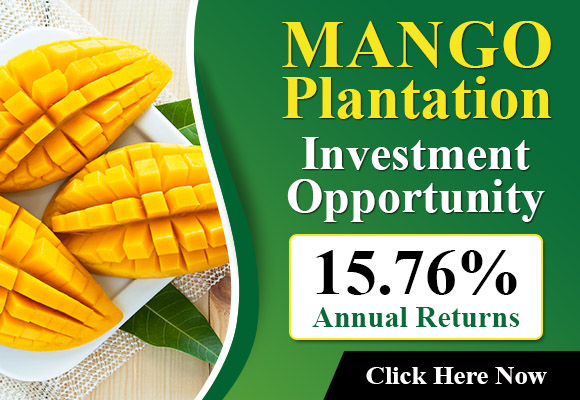Nearly 3.4 million hectares was planted with fruit trees in the EU 2017 – which is 1.9 percent of the total agriculture land. The nut orchards comprised 1/3 (33.8 percent) of the overall area of fruits, with pome orchards (apples and the pears) another one-fifth (19.2 percent) from the total. stone fruit orchards are another fifth (18.6 percent) and citrus orchards account for about one-seventh (14.9 percent) in total. The rest of the area that was planted with fruit was divided among the berries (4.5 percent of the total area for fruit) and the diverse group of subtropical and tropical fruit, which includes mostly the kiwi variety, as well as the bananas and figs (4.1 percent) as well as table grapes (2.8 percent).
Spain is the country that accounted for the largest percentage (40.1 percent) of the total area in the EU dedicated to production of fruits in 2017, a reflection of the production of nuts as well as citrus fruits. Italy is the next most percentage (17.5 percent) which was closely followed by Poland (9.6 percent).
Almond orchards are the only plant that occupied the biggest portion of the fruit zone within the EU in 2017, which was 743 000 acres (22.5 percentage of EU fruit surface) and of that, 85.2 percent were located within Spain (the world’s third-largest almond grower, following Australia and the United States of America and Australia).
The apple orchard was the second most popular single-species, representing 15.5 percent of the total areas of fruit grown in the EU. Apples were cultivated in each Member State. A third (31.1 percent) of the orchards of apples was located situated in Poland in one Member State where apples accounted for half (50.2 percent) of the total land area for fruit. The remaining third of all the apple orchards was found in Italy (11.0 percent), Romania (10.6 %) and France (9.6 percent). The an apple orchard in Romania is much greater than the proportion (3.4 percent) in the European production of apples. Most of the EU’s production of apples originated from Poland (24.3 percentage), Italy (19.0 %) and France (17.2 percent).
Fresh vegetables were cultivated in the area of 2.2 million acres in the EU almost half of that was located in Italy, Spain and Poland together.
The group of vegetables in fresh form comprising tomatoes, bell peppers, aubergines and courgettes, melons and gherkins comprised about one quarter (27.1 percent) of the total. The root, tuber and bulb vegetables such as carrots, radishes and garlic, onions and shallots made up a further fifth (20.3 percent) of all the vegetables, close (18.1 percent) by the varied group of stalked and leafy vegetables (such as spinach, lettuce as well as chicory, endives artichokes, asparagus, etc.). Fresh pulses (mainly beans and peas) were grown in 13.6 percent of the EU’s fresh vegetables, followed by brassicas (cabbages as well as cauliflowers, broccoli and cabbage) were on 12.5 percent and strawberries at 4.9 percentage.
The land devoted to fresh vegetable crops in Italy (17.8 percent of EU all), Spain (17.3 %), France (11.8 %) and Poland (10.8 10.8 %) was significantly higher than the other Member States and together represented a significant portion of the land planted for fresh vegetables within the EU in 2017.
To find out more, visit ec.europa.eu
Source: The Plantations International Agroforestry Group of Companies
